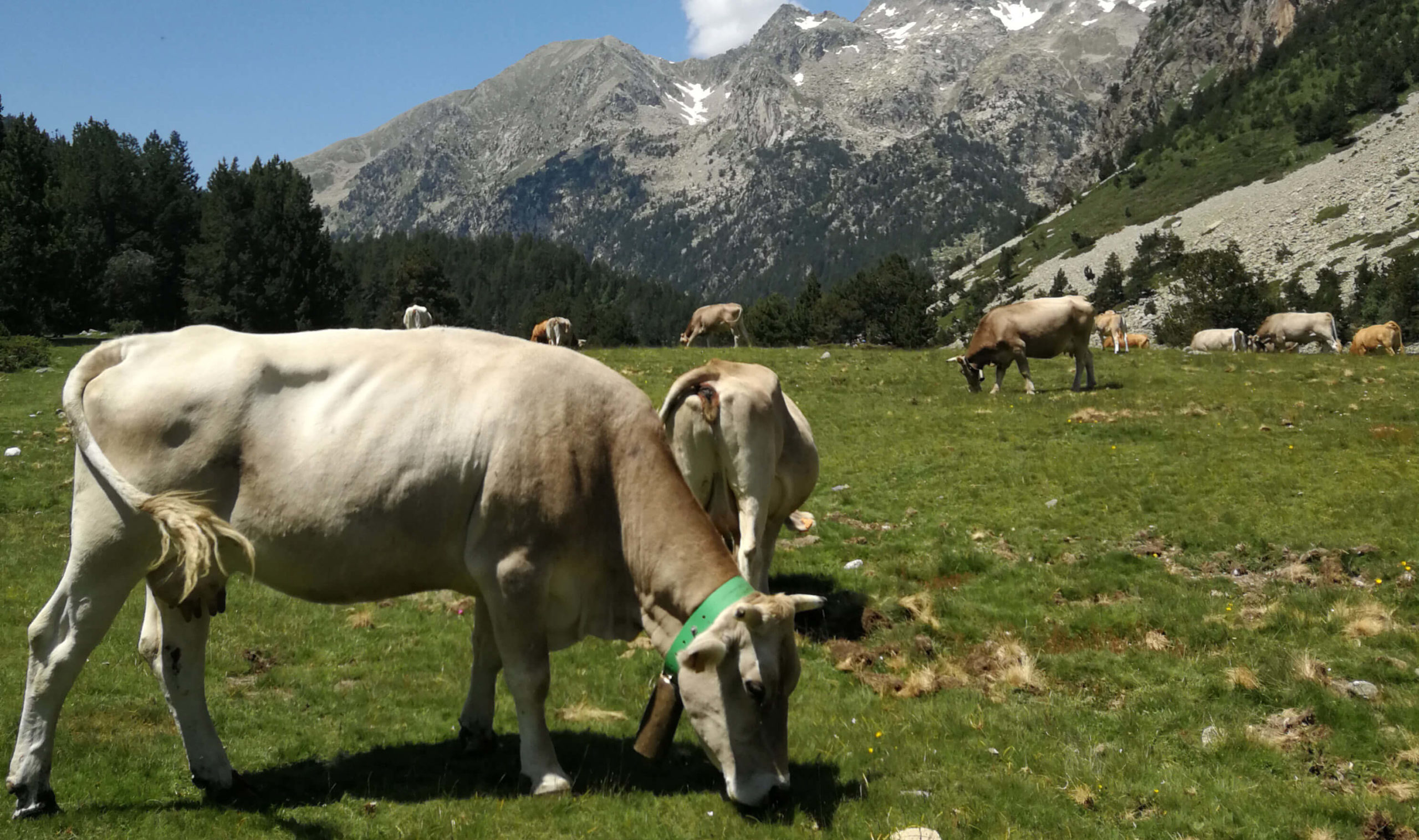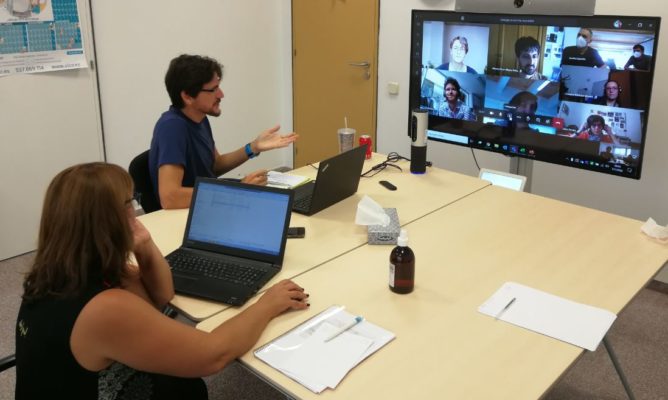
Animal tuberculosis is a bacterial disease that mainly affects cows, goats and some wild mammals, causing a high economic and social impact on the livestock sector and posing a risk of infection to humans. For years, Spain and France have been fighting this disease to prevent the loss of productivity and genetic value, as well as the restriction of movements and trade in animal products. Although the prevalence of the disease in the trans-Pyrenees region is low, outbreaks continue to appear on farms on both sides of the border and local eradication programs have a high economic cost, in addition to the mistrust that is generated about their efficiency by the livestock sector.
Faced with this problem, the INNOTUB project will create and consolidate a multidisciplinary cross-border network to strengthen links and create synergies between the different actors involved in animal tuberculosis control programs in the cross-border region. The project is coordinated by the Animal Health Research Center (CReSA) of the Institute for Agrifood Research and Technology (IRTA) and has the participation of the French Agency for Food, Environmental and Occupational Safety and Health (ANSES), the Basque Institute for Agricultural Research and Development (NEIKER), the Toulouse National Veterinary School (ENVT) and the Autonomous University of Barcelona (UAB).

One of the main objectives of the network is to deepen the knowledge of the disease to identify the risk factors associated with the occurrence of outbreaks in the region. On the other hand, “we will improve diagnostic tests and evaluate possible vaccines and other disease control tools,” says Bernat Pérez, principal investigator of the tuberculosis line at IRTA-CReSA. Another aspect in which the project will work is the improvement of biosecurity measures on farms. “The aim is to prevent contagion between domestic animals from the same farms, but also contact with wild animals,” explains Alberto Allepuz, a researcher at the UAB Department of Animal Health and Anatomy and a researcher at IRTA-CReSA. According to researchers, some animals such as wild boar and deer can act as a reservoir of the disease and transmit it to livestock. In addition, badgers and some wild rodents have recently been identified as other potential reservoirs.
Transfer and communication between the livestock and veterinary sector
Because of the various outbreaks of animal tuberculosis that have been appearing in the trans-Pyrenees region, there is a lack of communication and trust between the livestock sector, veterinary medicine and the local administration. To this end, INNOTUB will also promote communication actions between farmers and veterinarians that strengthen tuberculosis control activities. For example, specific training programs will be conducted among people involved in eradication programs in which they will inform farmers about disease prevention and detection measures.
The INNOTUB project will last two and a half years and is funded by the INTERREG POCTEFA 2014-2020 Program, a European territorial cooperation program created to promote the sustainable development of the cross-border territory between Spain, France and Andorra. This community funding is intended to strengthen the economic and social integration of this area and help improve the quality of life of its inhabitants. In addition, the scheduled projects receive co-financing from the European Regional Development Fund (ERDF).